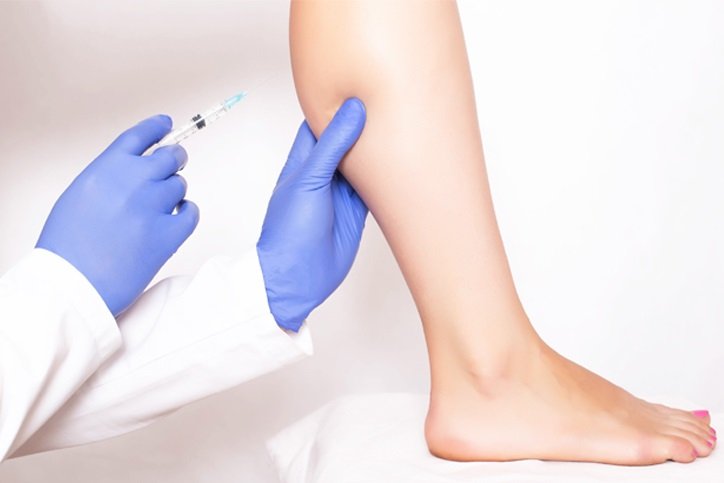Varicose veins usually improve with self-care measures and compression stockings, but sometimes these treatments are ineffective. If your varicose veins have symptoms after trying out conservative treatments, your healthcare provider may recommend vein ablation St. Louis to restore normal vein size or clear twisting so that blood can flow normally.
What is vein ablation?
Vein ablation or endovenous ablation is a minimally invasive procedure that uses radiofrequency or laser energy to close off the twisted, enlarged veins close to the skin’s surface. The sealing of the varicose restores normal blood flow.
How to prepare for vein ablation
As with any other treatment, initial consultation with your healthcare provider is necessary. Discussing with your doctor about the treatment will help you understand what the procedure entails, including the risks and benefits. During the consultation, your healthcare provider will review all your medications and supplements to ensure they do not interfere with the treatment or cause undesirable side effects. Blood thinners like aspirin are inappropriate before vein ablation, so your doctor may ask you to discontinue their use before treatment.
Ensuring your provider is licensed and experienced is essential to lower your chances of complications like burns. Generally, vein ablation is a safe treatment with minimal side effects like pain, bruising, and numbness. Blood clots are also a potential side effect but hardly occur. These side effects should improve in a few weeks after the ablation procedure.
What to expect during vein ablation
Before the procedure, your provider cleans and sterilizes your skin before numbing the area around the vein with local anesthesia and giving you sedative medications to keep you calm during treatment. Using ultrasound guidance, they find the damaged vein and track its path. Next, the doctor makes a small cut at the site, usually below your knee or near your ankle.
Using ultrasound guidance, your doctor inserts a catheter into the incision site and positions it within the abnormal vein. The doctor then inserts a fiber or electrode through the catheter and pulls the catheter back slightly to expose its tip. Your provider uses ultrasound guidance to inject local anesthesia around the abnormal vein before the energy heats the vein. The sealing of the vein with heat is not painful, but you may smell something burning during the procedure.
Once the procedure is complete, your provider applies pressure on the incision site to prevent bleeding and covers the puncture in the skin with a bandage; stitches are often unnecessary.
After treatment
Your healthcare provider will advise that you wear compression stockings after the procedure to minimize the rare possibility that blood clots may form. Compression stockings will also help reduce bruising and tenderness after vein ablation. Other activities are safe to resume except for prolonged sitting and air travel. You want to stay active and avoid spending too much time in bed after the procedure. Being active is important, but you should avoid strenuous physical activity until your provider says it is safe to resume.
If you have varicose veins, talk to your healthcare provider at Midwest Institute for Non-surgical Therapy (MINT) to know if you are a good candidate for vein ablation.
